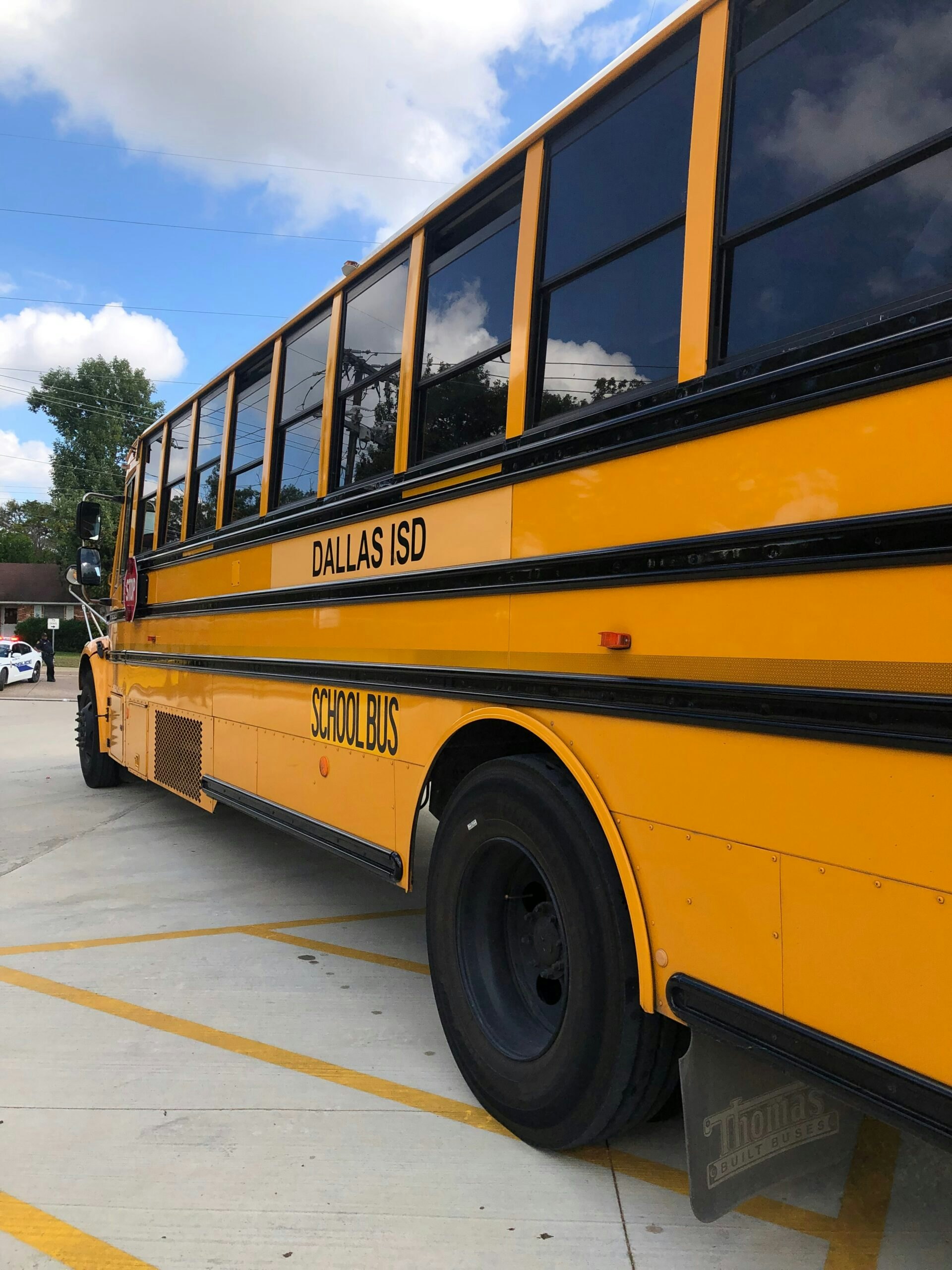As we implement our Principal Talent Management Framework with four school districts across the country, we are quickly learning and adapting our strategy.
The results of the Gates Foundation’s efforts to redesign teacher evaluation captured the attention of many, including ours. We recently began testing our Principal Talent Management Framework with four school districts to improve how school districts recruit, support, and retain highly effective principals. At the George W. Bush Institute, we try to learn quickly – from our own work and from that of our colleagues in the field. The lessons presented in RAND’s report about the Gates Foundation’s program reinforce our early assumptions about what it will take to do this work well.
First, more is not always the answer. We have already seen that complexity, tempting as though it may be, will hinder execution. Second, no matter how beautifully designed your intervention, system wide implementation must be deliberate and specific or impact will be muted at best.
In our four school districts, we began with a focus on how principals are evaluated. As we dove into diagnostic data with the district teams, we wondered if we should encourage our districts to adopt new evaluation systems. We know that no perfect evaluation system exists so we did not have a slam dunk recommendation to offer. We also know that selecting and onboarding a brand-new evaluation system is an overwhelming enterprise. In a world of limited resources—people, time, and money—this is a serious consideration.
Before districts begin investing in improving their evaluation tools and systems, we started with two simple questions:
- Is our current evaluation tool at least 80 percent effective?
- Are our educators, staff etc. utilizing the tool and system at least 80 percent effectively?
We found that our four school districts felt their tools were 80 percent effective, but could use some supplementing. For example, including a student growth measure resonated as a concern across all four districts. And most importantly, all districts identified that how they were using their evaluation tool was resulting in a process that felt compliance-based and disconnected from the real work of principals each day.
The school districts immediately took steps to make sure that their principal supervisors were rating the principals who reported to them similarly; to rethink the timing of the overall process to make better use of the tools that already exist; and to determine how to communicate the reasoning behind these efforts to principals. We’re still early in this work, so we’ll see what happens, but we, and our district teams, are excited about these changes.
We know through our research there are specific elements that improve principal evaluation systems and lead to positive changes in districts. The Bush Institute will release a “Principal Evaluation Guidebook” this fall that compiles our research on four key areas that improve principal evaluation systems, including:
- Aligned leadership frameworks that provide an overarching organization of competencies, indicators, and performance rubrics (or, said another way, a common and specific definition of highly effective school leadership)
- Multiple measures of data that can be triangulated to get a clear picture of performance
- The evaluation process is understood to be living, breathing work – not compliance work. It is expected that all the players are consistently normed, and the timing and components are revised through regular iteration to reflect what we learn along the way.
- The evaluation process equips principals and their supervisors with opportunities to understand a principal’s true performance and improve or support that performance accordingly.
This work is complex, but we are eager to continue sharing successes and adapting our initiative as we go. We applaud the Gates Foundation for their bold efforts to test what works and are thankful for the opportunity to learn along with them. We are firmly committed to the discipline of using effective implementation practices to help districts make meaningful change that sticks over time, and we are firmly committed to sharing what we learn with our colleagues in the field as we go.




























